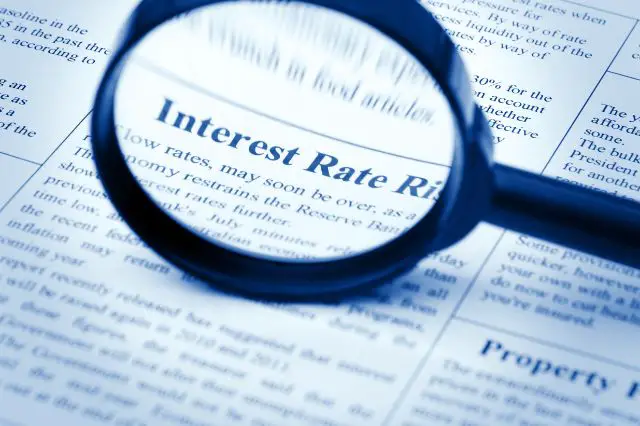Securing a business line of credit is a strategic move for any business, but the interest rates often determine how beneficial this financial tool can be. Interest rates on business credit lines can significantly impact the total cost of borrowing, affecting your business’s financial flexibility and growth potential.
Understanding and navigating these rates are crucial for making an informed decision that aligns with your business’s financial goals.
1. Understanding the Prime Rate Influence
The prime rate, a benchmark interest rate used by banks, is a key determinant of the interest rates on business lines of credit. Lenders typically set their rates as a percentage above the prime rate. Monitoring the prime rate gives you insight into potential interest rate trends and helps you anticipate changes in your borrowing costs. Keeping abreast of economic forecasts can also provide valuable context for understanding future movements in the prime rate.
2. Comparing Variable vs. Fixed Interest Rates
When choosing between variable and fixed interest rates, consider your business’s capacity to handle fluctuations in interest payments. Variable rates can offer lower initial costs but pose a risk if rates increase significantly over time. Fixed rates provide predictability in repayments, which can be crucial for budgeting and financial planning. Assess your business’s cash flow stability to decide which option aligns better with your financial strategy.
3. Analyzing the Annual Percentage Rate (APR)
The Annual Percentage Rate (APR) includes the interest rate and any additional lender fees. This makes it a more comprehensive measure of the loan’s cost. When comparing credit lines from different lenders, the APR is crucial as it reflects the true cost of borrowing. A lower APR generally indicates a more cost-effective credit line, but always verify what components are included in the APR calculation.
4. Checking for Additional fees
Look beyond the advertised interest rate to understand all potential fees associated with a business credit line. These might include application fees, annual fees, and transaction fees, each adding to the overall cost of the credit line. Some lenders may offer lower interest rates but compensate with higher fees, so thoroughly evaluating all associated costs is important for a true cost comparison.
5. Evaluating Introductory Offers
Introductory offers with lower interest rates can be appealing, but planningit’s for the rate change is important once the introductory period ends. Assess whether the post-introductory rate is manageable for your business and consider how it fits into your long-term financial planning. Sometimes, what seems like a great deal initially might not be as advantageous in the long run.
When securing a business line of credit, the interest rate is a critical factor that can influence the value and utility of the financial tool for your business. By carefully considering the prime rate, the type of interest rate, APR, additional fees, introductory offers, negotiation potential, loan term, and the overall financial impact, you can select a business line of credit that supports your business’s growth and financial health.
Remember, a well-chosen business credit line can be a significant asset in managing your finances and facilitating growth.



Leave a Comment